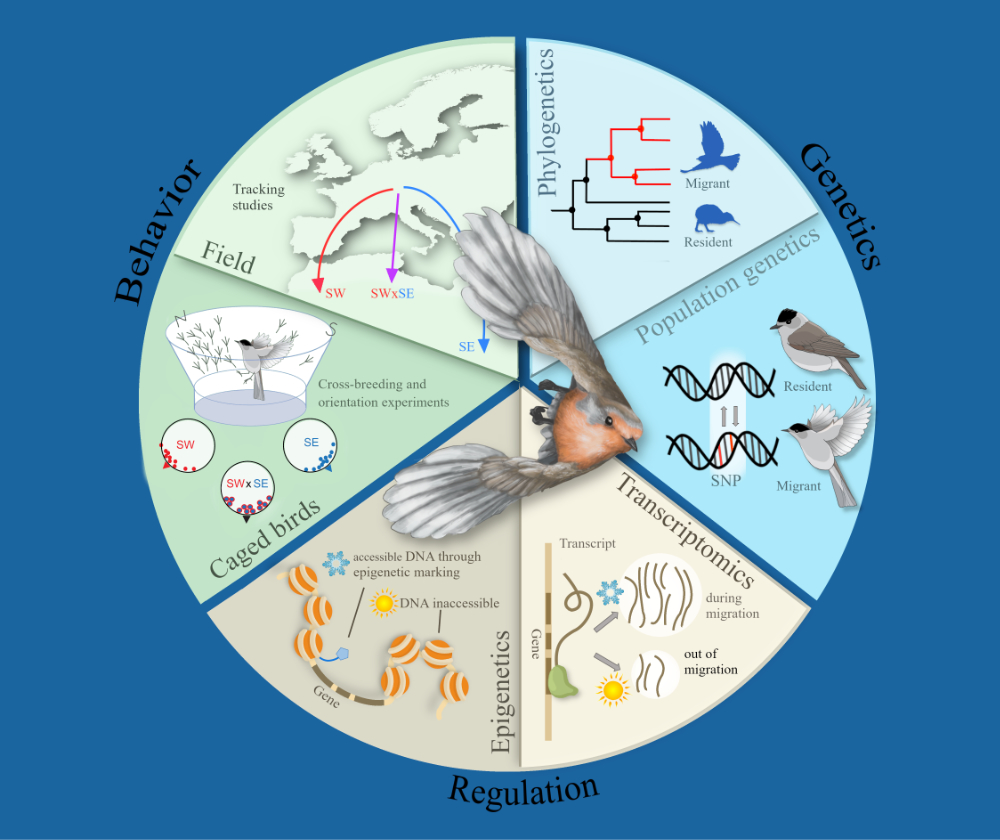Speaker
Description
Joan Ferrer Obiol, Marie Claire Gatt, Marcella Sozzoni, Don-Jean Léandri-Breton, Shannon Whelan, Josephine R. Paris, Scott A. Hatch, Chinatsu Nakajima, Giulio Formenti, Luca Gianfranceschi, Andrea Pilastro, Jacopo G. Cecere, Akiko Shoji, Kyle H. Elliot, Diego Rubolini
Migration is a widespread response of birds to seasonal environmental changes. Climate change is affecting bird migration in a myriad of ways, yet a significant proportion of the phenotypic variance in migratory traits is thought to have a genetic basis. However, the characterisation of the genetic mechanisms that control migratory behaviour and the interplay between genetic and environmental factors in shaping an individual’s migratory strategy remain largely unknown. To address this, we tracked the migratory movements of 160 black-legged kittiwakes (Rissa tridactyla) from a partially migratory population in Alaska. We experimentally manipulated the ecological conditions during reproduction by providing extra food ad libitum to a subset of the tracked individuals (N=85). We assembled a chromosome-level genome for the species and generated whole-genome resequencing data for all 160 individuals. We quantified the proportion of phenotypic variance in migratory traits (propensity to migrate, migration phenology and activity patterns during migration) explained by environmental (experimental manipulation) and by genetic (heritability) factors using a genome-wide association study (GWAS). Analyses of tracking data showed that extra food provisioning, age, and sex did not significantly affect the propensity to migrate, suggesting that an individual’s decision to migrate might have a genetic basis. The next step will be to identify the regions of the genome associated with migratory traits. Our study showcases the importance of combining experimental approaches and GWAS in the wild to better understand the causes of phenotypic diversity in nature.

